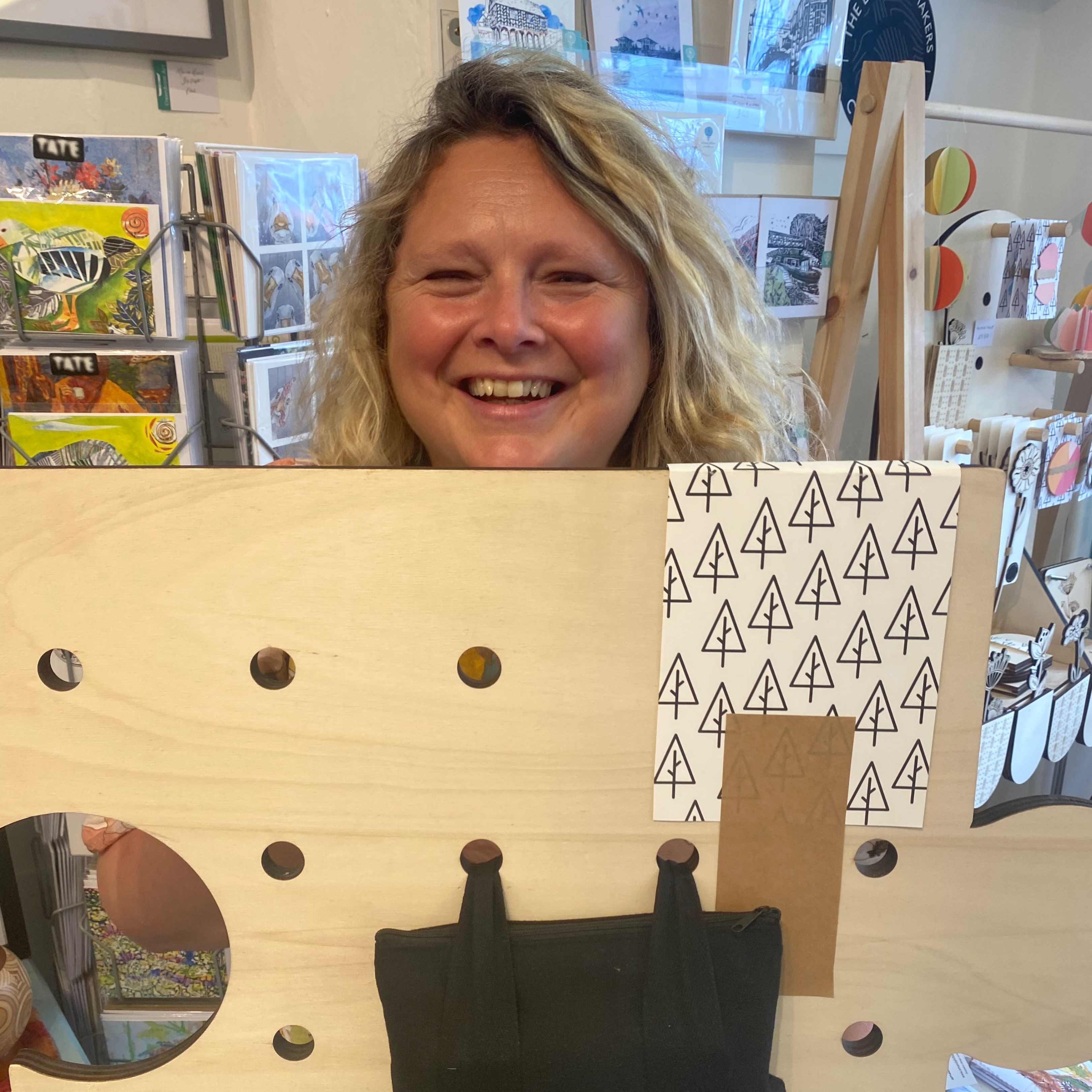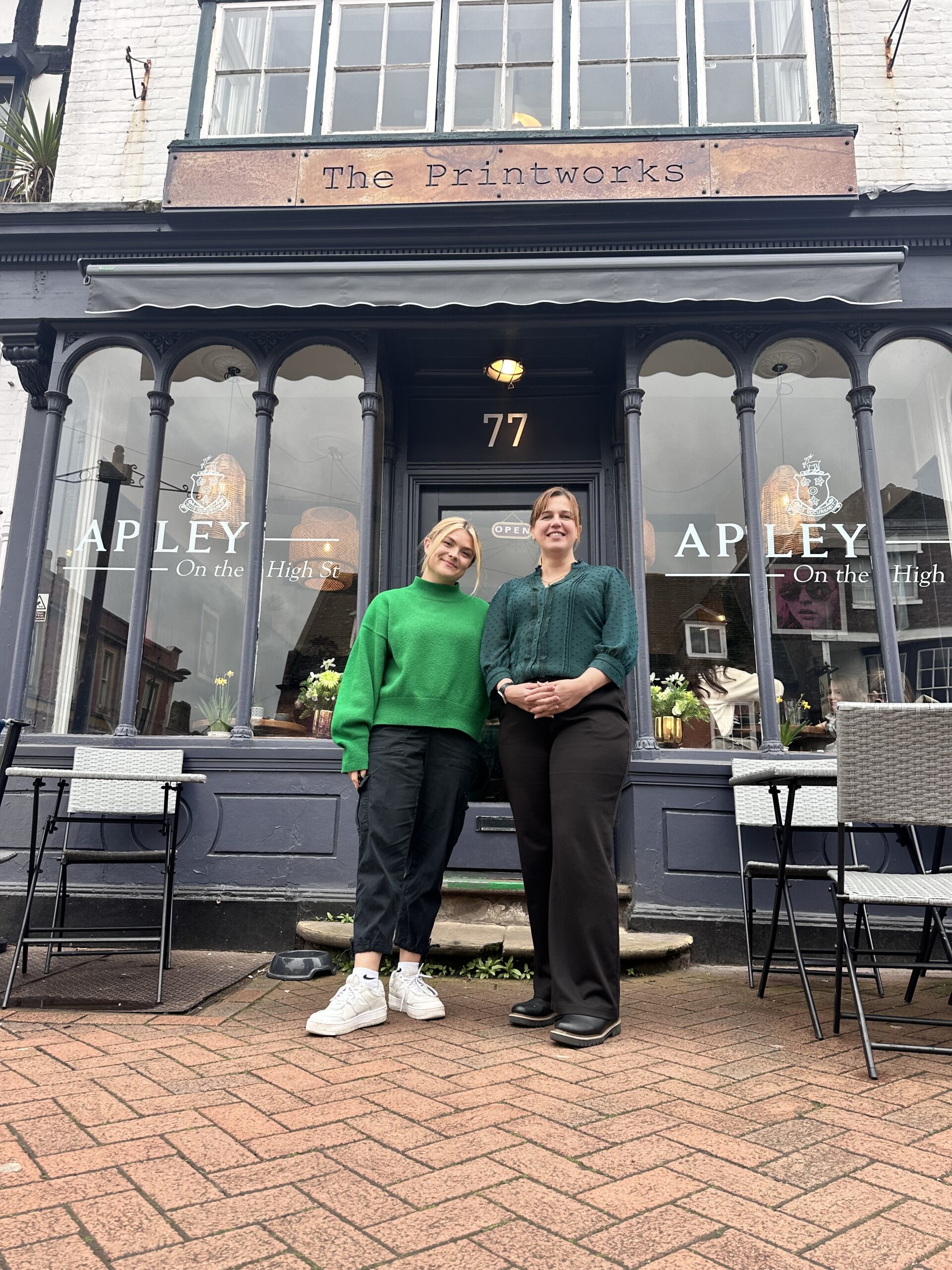Farmers working late into the night getting the last of the crops in; a bushy-tailed fox cub, now old enough to fend for himself, running along a sunken lane near Broseley before diving into cover; a golden sunset on Wenlock Edge picking out the colours of the old Horse Chestnut tree; hedgerows laden with juicy red haws, deep blue sloes and the scarlet berries of Bryony.
Autumn colours are not restricted to the hedgerows. Looking closely, this is the peak season for the colourful fruiting bodies of fungi. Early naturalists considered the appearance of mushrooms and toadstools to be the work of dark powers, as they did not appear to grow from seed or fruit. It was only when fungal spores were discovered that people realised the method behind fungal reproduction. Names like Destroying Angel and Amethyst Deceiver ensure that some of the mystery about the group remains.
“It has an olive-green cap and, if eaten, destroys the human liver leading to certain death”
The typical ‘toadstool’ shape is a fleshy spherical cap sitting atop a stem. This shape is exhibited by the Fly Agaric. This can often be found growing amongst Silver Birch trees and has a bright red cap with white spots. It is steeped in folklore and it is believed that it provided the earliest source of hallucinogens used for shamanic purposes. Native Siberians and also Celtic Druids were known to eat Fly Agaric for this purpose. In the same family as the Fly Agaric is the infamous Death Cap mushroom. It has an olive-green cap and, if eaten, destroys the human liver leading to certain death.
Other mushrooms found around the countryside are good to eat, so long as care is taken in their identification. Wood Blewits and Penny Buns are both excellent to eat and readily found around Shropshire. Of course the most prized fungus of all is the Truffle. They fetch very high prices in restaurants. Female pigs have an innate ability to sniff out truffles under the soil; the fungus contains a compound that smells similar to the boar sex pheromone.
Wenlock Edge is a wonderful place to look for fungi of all shapes and sizes at this time of year. The Edge is a limestone escarpment covered in trees and stretches for around 16 miles. It began life as a coral reef south of the Equator millions of years ago, under a shallow tropical sea. The National Trust owns a large part of Wenlock Edge and there are lots of walking possibilities.
Strolling along Wenlock Edge on a sunny Autumnal afternoon, the path is lined by large ivy-clad oak trees. Dense hazel coppice stretches down the hill, young shoots reaching straight up for the sky striving for light. Meanwhile, old hazel stools rot and crumble to dust amongst the nuts on the forest floor. Next to the path lies a rotting trunk covered in strange pink spots. This is another type of fungus called Coral Spot. It is known as a saprophyte. This means that it grows on deadwood, helping to break down branches and logs and return the valuable nutrients to the forest soil.
“Legend has it that King Alfred forgot to take some cakes out of the oven when hiding from the Danes and they burnt black”
Further along the path I spot another saprophytic fungus. It is a series of hard black balls growing on a dead ash branch. This is known as King Alfred’s Cakes. Legend has it that King Alfred forgot to take some cakes out of the oven when hiding from the Danes and they burnt black.
The view from most woodlands is obscured by the trees. The lovely thing about walking on Wenlock Edge is peeking through the top of the canopy and seeing harvested fields, hedges and church spires stretching towards the outline of the South Shropshire hills. As I look at the view, a raven flies low over the trees. I can hear the power in the wing-beat. The late afternoon sunlight reflects off his deep black plumage.
Fungi are not restricted to the woodland habitat. Strolling through a meadow, with the morning dew still glistening, one may come across one of the grassland fungi. Some of the most attractive are the Waxcaps. They can be a wide range of different colours, from the brilliant lime green of the Parrot Waxcap to the delicate pink of the Ballerina Waxcap. The Blackening Waxcap actually changes colour as it gets older. Waxcaps are indicators of ancient grassland and are often found on the lawns of National Trust properties such as Dudmaston Hall.
Fungi come in all shapes and sizes. They play avital role in ecosystems, recycling nutrients in woodlands and acting as indicators in grasslands. Their appearance around the countryside is a true sign that autumn has arrived.
Do one thing for wildlife this month:
If this article has sparked an interest, why not learn more by joining an organised fungus foray this month? Shropshire Fungus Group are experts in their field and are always happy to teach beginners about the identification of different species. They have a foray planned on Saturday 8th October in Telford.For more details, see their webpage at: www.shropshirefungusgroup.org/





